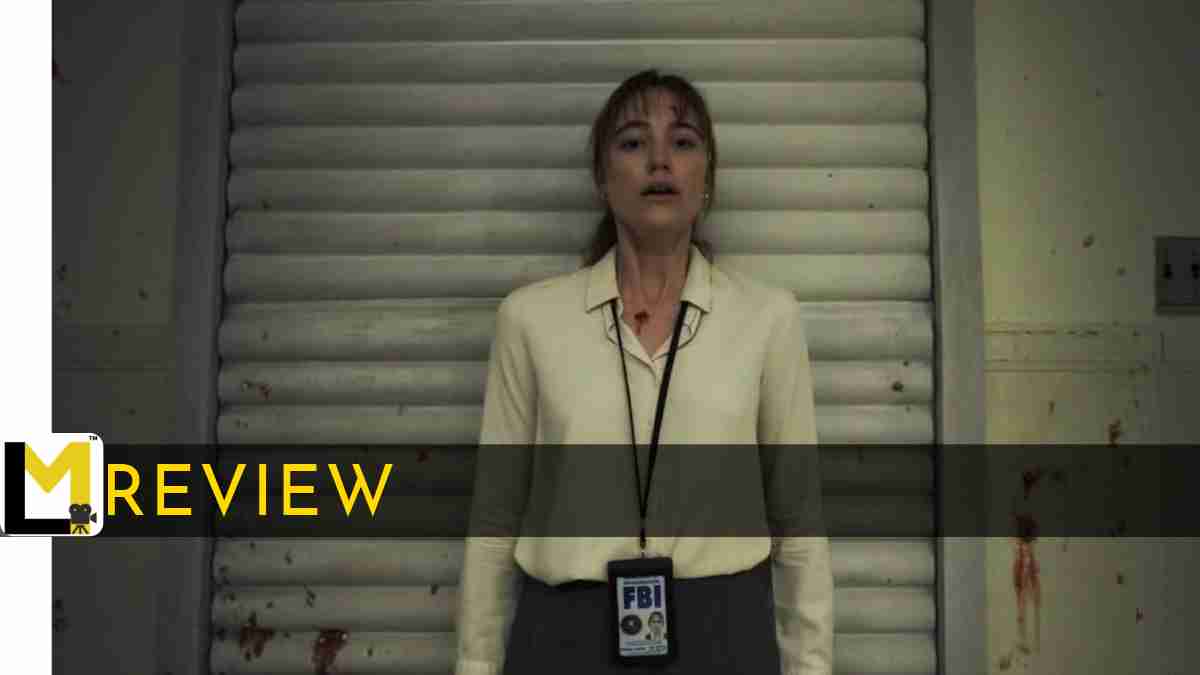Longlegs, the latest horror film from Osgood Perkins, is an innovative mixture of genres. It has a very eerie backdrop, and Perkins uses a brilliantly captured opening sequence to set the film’s mood. Post that, when the aspect ratio expands, you are sort of trying to figure out the trajectory the movie may take as it has elements of being an investigational thriller, psychological drama, and, most obviously, a horror thriller. With meticulous filmmaking evident in almost every frame, Longlegs feels like a rare opportunity to revisit classical filmmaking tools.
So the story is happening in the 90s, and our central character, Lee Harker, is given the charge of a case that the agency believes is done by a serial killer, but they don’t have any scientific proof. Harker is given this responsibility because she has shown her impeccable skill in identifying criminals and their hideouts with just intuition. So, how Harker cracks this long unresolved case is what we see in Longlegs.
Even though the pacing is on the slower side, what excites you from the word go is the filmmaking choices. The movie starts with a small aspect ratio, and the staging of the 70s portions reminded me of The Shining from Stanley Kubrick. And when the story goes to the present timeline, you can see the use of static frames in the staging. Patterns are a part of the script in establishing the title character, and if you look at some of the visuals, there is a very subtle way of making the audience look at patterns. It is actually some of the cuts that break the anticipated rhythm that creates tension and horror in this film.
Since the movie does not rely on a very visible supernatural interference, there is a layer of realness to the narration. The perspective is from the leading lady, and instead of typical jump scares, the film uses the horror she feels when she realizes about herself and others around her. If you look at it, there is that coming-of-age element in the story of the main lead. And by the time the film reaches the last act, it becomes a culmination of various enticing elements. The investigation gradually becomes a self-discovery journey. As an audience, we are also solving the puzzle and once we get that whole picture which started way back, Osgood Perkins decides to put a cliff-hanger ending to make it even more compelling.
Maika Monroe is doing the heavy lifting here as FBI agent Lee Harker, and she pulls off the anxiety and the curiosity of that character very convincingly. Blair Underwood as Agent Carter and Alicia Witt as Lee’s mother are the other major characters in the film. The most important role in the movie, the title character Longlegs, was performed by the legendary Nicolas Cage. Even though it is a role that has relatively less screen time, it had the most impactful scenes to its credit, and Cage performed those bits superbly. The way Longlegs induces an alarming anxiety in Lee in that confrontation sequence shows his command over the character.
At a time when the horror genre is witnessing largely generic jump scare films that rarely think about being memorable for craft factors, Longlegs offers that breath of fresh air through its treatment. There is a sense of meticulous precision to every second, and that really keeps you engrossed in the psychological and supernatural developments happening in the story. This investigative occult mystery horror thriller is a creatively satisfying cinema that uses visual language pretty effectively to make things exciting and refreshing.
This investigative occult mystery horror thriller is a creatively satisfying cinema that uses visual language pretty effectively to make things exciting and refreshing.
Green: Recommended Content
Orange: The In-Between Ones
Red: Not Recommended


